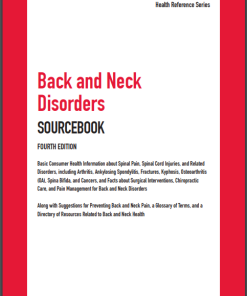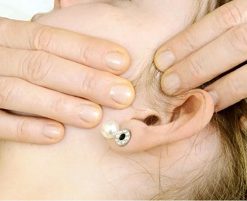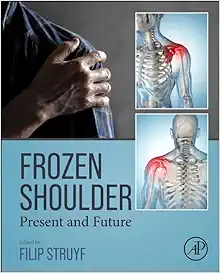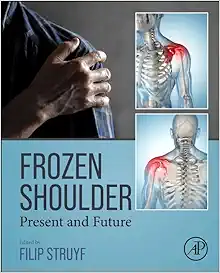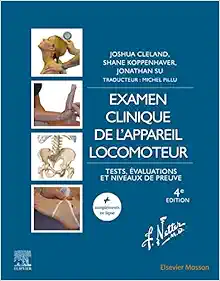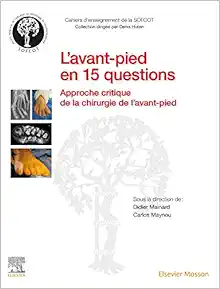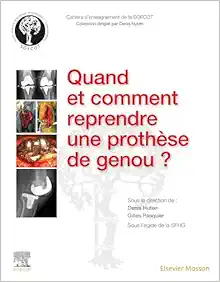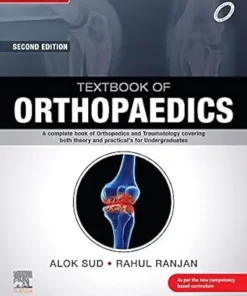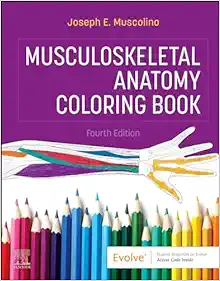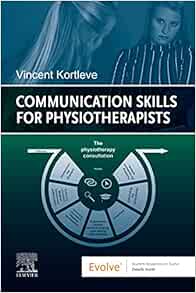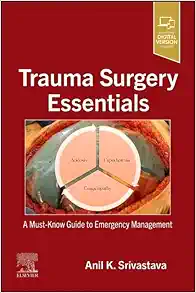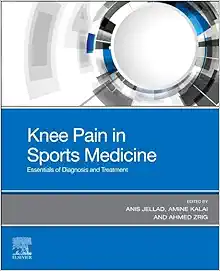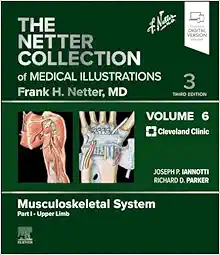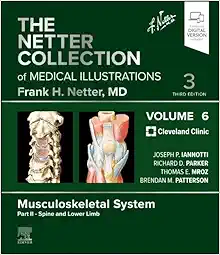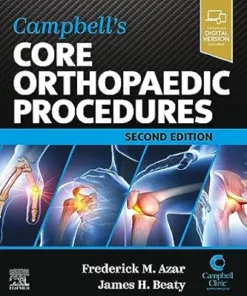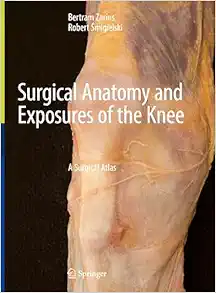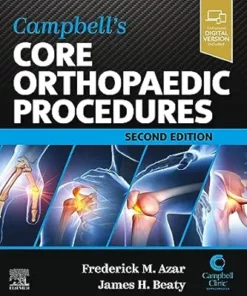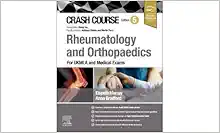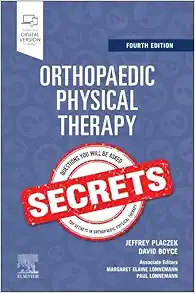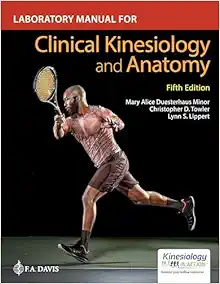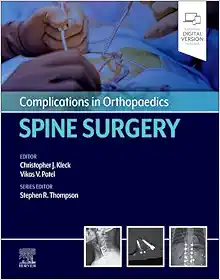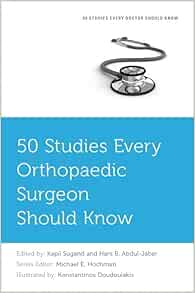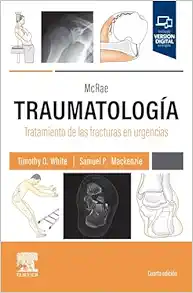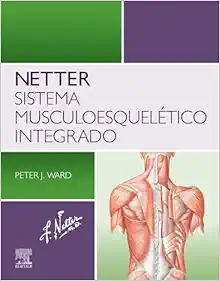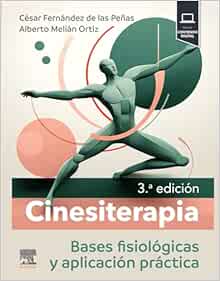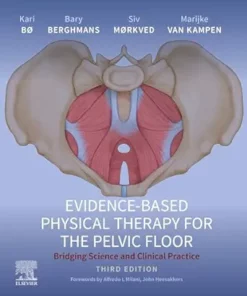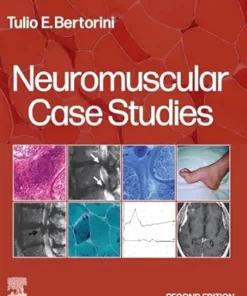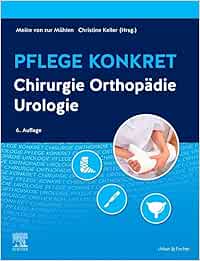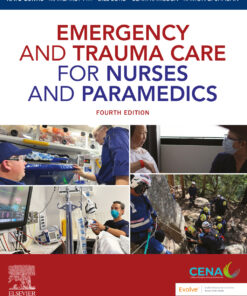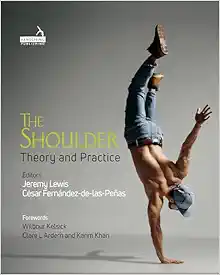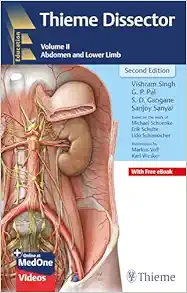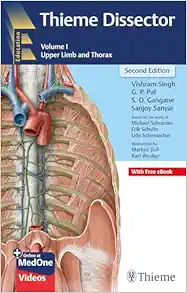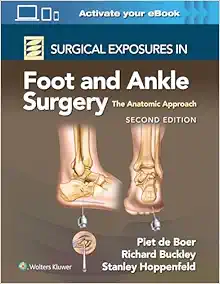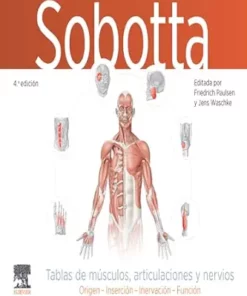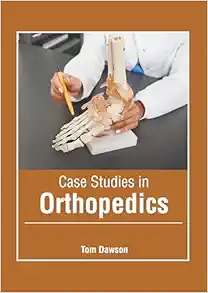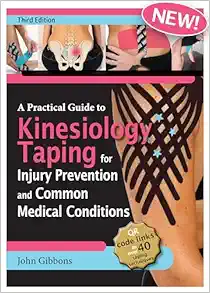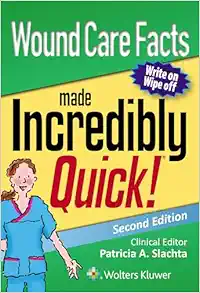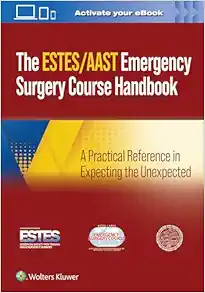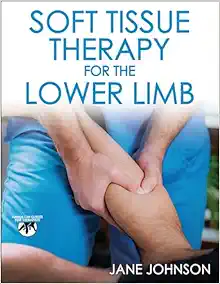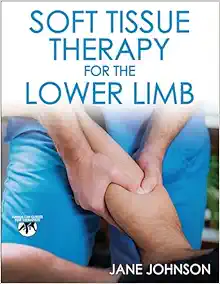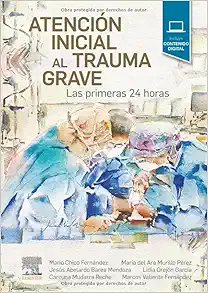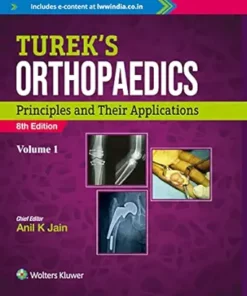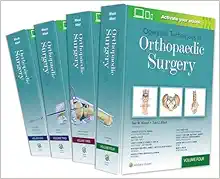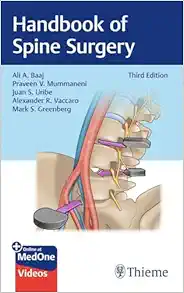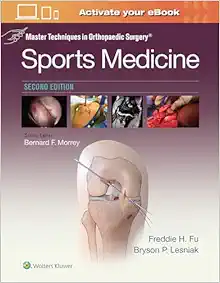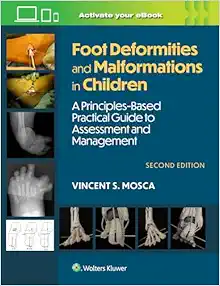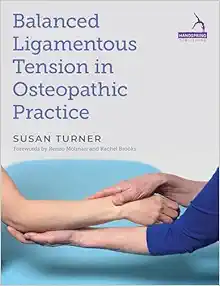Osteotomies Around the Knee, An Issue of Clinics in Sports Medicine (Volume 38-3) (The Clinics: Orthopedics, Volume 38-3)
$10
Format : Publisher PDF
File Size : 18.9 MB
Osteotomies Around the Knee, An Issue of Clinics in Sports Medicine (Volume 38-3) (The Clinics: Orthopedics, Volume 38-3)
Possible article:
Scaphoid fractures may seem like a minor injury, but they can have major consequences if not treated properly. The scaphoid bone is located in the wrist and helps to provide stability and motion. When it breaks, it can cause pain, swelling, and restricted mobility. However, diagnosing and treating scaphoid fractures can be challenging, as they often don’t show up on standard X-rays and may need specialized imaging or surgical intervention.
If you’re interested in learning more about scaphoid fracture management, you might want to check out the latest issue of Hand Clinics, a quarterly journal devoted to hand and upper extremity surgery. The topic of this issue is “Current Concepts and Controversies in Scaphoid Fracture Management,” and it features contributions from leading experts in the field. In this article, we’ll provide an overview of the contents of the issue and offer our review of its value for clinicians, researchers, and students.
The first thing that strikes you about this issue is its depth and breadth. There are 18 articles in total, covering a wide range of topics related to scaphoid fracture management, from basic science to clinical practice. The guest editor, Dr. Steven Moran, has done an excellent job of assembling a diverse group of contributors, including both seasoned veterans and rising stars. The editorial introduction sets the stage for the issue, emphasizing the importance of scaphoid fractures and the challenges of their diagnosis and treatment. It also provides a roadmap for the articles, which are divided into four sections: Imaging, Acute Fractures, Nonunion, and Complex Cases.
The Imaging section includes four articles that explore the various modalities used to diagnose scaphoid fractures, such as X-rays, CT scans, MRI, and ultrasound. The authors discuss the pros and cons of each technique and provide tips for interpreting the results. They also address some of the controversies around imaging, such as the false-negative rate of X-rays and the overuse of MRI. Overall, this section is a useful primer on the subject, but it may be too basic for radiologists or experienced hand surgeons.
The Acute Fractures section consists of five articles that deal with the initial management of scaphoid fractures, including splinting, casting, surgery, and rehabilitation. The authors present different perspectives on these topics, based on their experience and evidence-based medicine. For example, one author advocates for early surgery in certain cases, while another argues for conservative treatment in most cases. There are also articles on specific techniques, such as arthroscopic reduction and fixation, and their outcomes. This section is probably the most practical and clinically relevant part of the issue, as it addresses the most common scenarios that hand surgeons encounter.
The Nonunion section includes six articles that focus on the challenges of treating scaphoid fractures that have failed to heal or have healed in a poor position. The authors present various options for addressing these cases, such as bone grafting, vascularized grafts, and arthroplasty. They also discuss the indications and contraindications for each technique, and the outcomes and complications. This section is more specialized and may appeal to hand surgeons who deal with complex cases or who want to expand their repertoire of surgical options.
The Complex Cases section includes three articles that deal with special situations, such as athletes, malunions, and proximal pole fractures. The authors provide insights into the unique challenges and considerations involved in these cases, such as the need to preserve the joint surface, the demands of sports performance, or the outcomes of salvage procedures. This section is interesting but possibly less relevant for general hand surgeons or residents who haven’t encountered these cases yet.
Overall, this issue of Hand Clinics is a must-read for anyone who wants to stay up-to-date on the latest developments in scaphoid fracture management. It offers a comprehensive and balanced view of the field, with contributions from experts from different backgrounds and perspectives. The articles are well-written and illustrated, with ample references and clinical pearls. The editors have also included a useful appendix with surgical techniques and case examples, which enhance the educational value of the issue.
If you’re a hand surgeon, resident, fellow, or researcher who wants to improve your knowledge and skills in scaphoid fracture management, you should definitely consider ordering this issue of Hand Clinics. You can buy it from the publisher Elsevier or from online retailers such as Amazon, where it’s available in print or digital format. The book has a reasonable price and a good return policy, so you can order it with confidence. You can also watch a related video on scaphoid fracture management, featuring some of the authors of the articles, which is available online for purchase or rental. The video is a useful supplement to the book, as it provides a visual guide to some of the surgical techniques and tips. You can find more information about the book and the video on the publisher’s website or on the authors’ social media profiles.
Product Details
- Publisher : Elsevier; 1st edition (June 4, 2019)
- Language : English
- ISBN-10 : 0323682073
- ISBN-13 : 978-0323682077
Related Products
ORTHOPAEDICS SURGERY
ORTHOPAEDICS SURGERY
ORTHOPAEDICS SURGERY
ORTHOPAEDICS SURGERY
Master Techniques in Orthopaedic Surgery: The Foot and Ankle, 4th Edition (Videos)
ORTHOPAEDICS SURGERY
Master Techniques in Orthopaedic Surgery: The Foot and Ankle, 4th Edition EPUB
ORTHOPAEDICS SURGERY
ORTHOPAEDICS SURGERY
Synopsis of Foot and Ankle Surgery (Original PDF from Publisher)
ORTHOPAEDICS SURGERY
Orthopaedic Knowledge Update®: Musculoskeletal Tumors 5 (EPUB)
ORTHOPAEDICS SURGERY
Primer on the Metabolic Bone Diseases and Disorders of Mineral Metabolism, 10th edition (EPUB)
ORTHOPAEDICS SURGERY
TMJ Extremity Proficiency Product 2023 – ExtremityExperts (Videos)
ORTHOPAEDICS SURGERY
ORTHOPAEDICS SURGERY
Frozen Shoulder: Present and Future (Original PDF from Publisher)
ORTHOPAEDICS SURGERY
Quand et comment reprendre une prothèse de genou ? (French Edition) (True PDF from Publisher)
ORTHOPAEDICS SURGERY
Spezielle Unfallchirurgie (German Edition), 2nd Edition (True PDF from Publisher)
ORTHOPAEDICS SURGERY
Textbook of Orthopaedics, 2nd Edition (True PDF from Publisher)
ORTHOPAEDICS SURGERY
Musculoskeletal Anatomy Coloring Book, 4th Edition (True PDF from Publisher)
ORTHOPAEDICS SURGERY
Communication Skills for Physiotherapists (True PDF from Publisher)
ORTHOPAEDICS SURGERY
Trauma Surgery Essentials: A Must-Know Guide to Emergency Management (True PDF from Publisher)
ORTHOPAEDICS SURGERY
Complications in Orthopaedics: Pediatrics (True PDF from Publisher)
ORTHOPAEDICS SURGERY
Dupuytren’s Disease: A Scientific Review (True PDF from Publisher)
ORTHOPAEDICS SURGERY
Knee Pain in Sports Medicine: Essentials of Diagnosis and Treatment (True PDF from Publisher)
ORTHOPAEDICS SURGERY
Campbell’s Core Orthopaedic Procedures, 2nd Edition (True PDF from Publisher)
ORTHOPAEDICS SURGERY
Surgical Anatomy and Exposures of the Knee: A Surgical Atlas (Original PDF from Publisher)
ORTHOPAEDICS SURGERY
ORTHOPAEDICS SURGERY
Lower Extremity Proficiency Product 2023 – ExtremityExperts (Videos)
ORTHOPAEDICS SURGERY
CTS Extremity Proficiency Product 2023 – ExtremityExperts (Videos)
ORTHOPAEDICS SURGERY
Orthopaedic Physical Therapy Secrets, 4th Edition (True PDF from Publisher)
ORTHOPAEDICS SURGERY
Laboratory Manual for Clinical Kinesiology and Anatomy, 5th Edition (EPUB)
ORTHOPAEDICS SURGERY
Complications in Orthopaedics: Spine Surgery (EPUB + Converted PDF)
ORTHOPAEDICS SURGERY
ORTHOPAEDICS SURGERY
Plastic Surgery: Hand and Upper Limb, Volume 5, 5th Edition (True PDF from Publisher)
ORTHOPAEDICS SURGERY
Netter. Sistema musculoesquelético integrado (True PDF from Publisher)
ORTHOPAEDICS SURGERY
Evidence-Based Physical Therapy for the Pelvic Floor, 3rd Edition (True PDF from Publisher)
ORTHOPAEDICS SURGERY
Neuromuscular Case Studies, 2nd Edition (True PDF from Publisher)
ORTHOPAEDICS SURGERY
Pflege konkret Chirurgie Orthopädie Urologie, 6th Edition (True PDF from Publisher)
ORTHOPAEDICS SURGERY
Emergency and Trauma Care for Nurses and Paramedics, 4th Edition (True PDF from Publisher)
ORTHOPAEDICS SURGERY
ORTHOPAEDICS SURGERY
Thieme Dissector Volume 2: Abdomen and Lower Limb, 2nd Edition (Original PDF from Publisher)
ORTHOPAEDICS SURGERY
Thieme Dissector Volume 1: Upper Limb and Thorax, 2nd Edition (Original PDF from Publisher)
ORTHOPAEDICS SURGERY
Imagerie musculosquelettique traumatique (Original PDF from Publisher)
ORTHOPAEDICS SURGERY
Screening in der Physiotherapie, 2nd Edition (Original PDF from Publisher)
ORTHOPAEDICS SURGERY
ORTHOPAEDICS SURGERY
ORTHOPAEDICS SURGERY
Stoller’s Orthopaedics and Sports Medicine: The Hip (Original PDF from Publisher)
ORTHOPAEDICS SURGERY
Rockwood and Green’s Fractures in Adults, 10th edition (EPUB + Converted PDF)
ORTHOPAEDICS SURGERY
Moderne Wundversorgung, 10th Edition (German Edition) (True PDF from Publisher)
ORTHOPAEDICS SURGERY
Pflegewissen Wunden, 3rd Edition (German Edition) (True PDF from Publisher)
ORTHOPAEDICS SURGERY
ORTHOPAEDICS SURGERY
Revision Total Knee Arthroplasty, 3rd edition (Original PDF from Publisher)
ORTHOPAEDICS SURGERY
ORTHOPAEDICS SURGERY
Soft Tissue Therapy for the Lower Limb (Original PDF from Publisher)
ORTHOPAEDICS SURGERY
ORTHOPAEDICS SURGERY
Atención inicial al trauma grave: Las primeras 24 horas (Original PDF from Publisher)
ORTHOPAEDICS SURGERY
Spinal Deformities: The Comprehensive Text, 2nd edition (Original PDF from Publisher+Videos)
ORTHOPAEDICS SURGERY
Handbook of Spine Surgery, 3rd Edition + Videos (Original PDF from Publisher)
ORTHOPAEDICS SURGERY
Rockwood and Wilkins’ Fractures in Children, 10th edition (EPUB + Converted PDF)
ORTHOPAEDICS SURGERY
ORTHOPAEDICS SURGERY
Intracranial and Spinal Dural Arteriovenous Fistulas (Original PDF from Publisher)
ORTHOPAEDICS SURGERY
Balanced Ligamentous Tension in Osteopathic Practice (Original PDF from Publisher)












